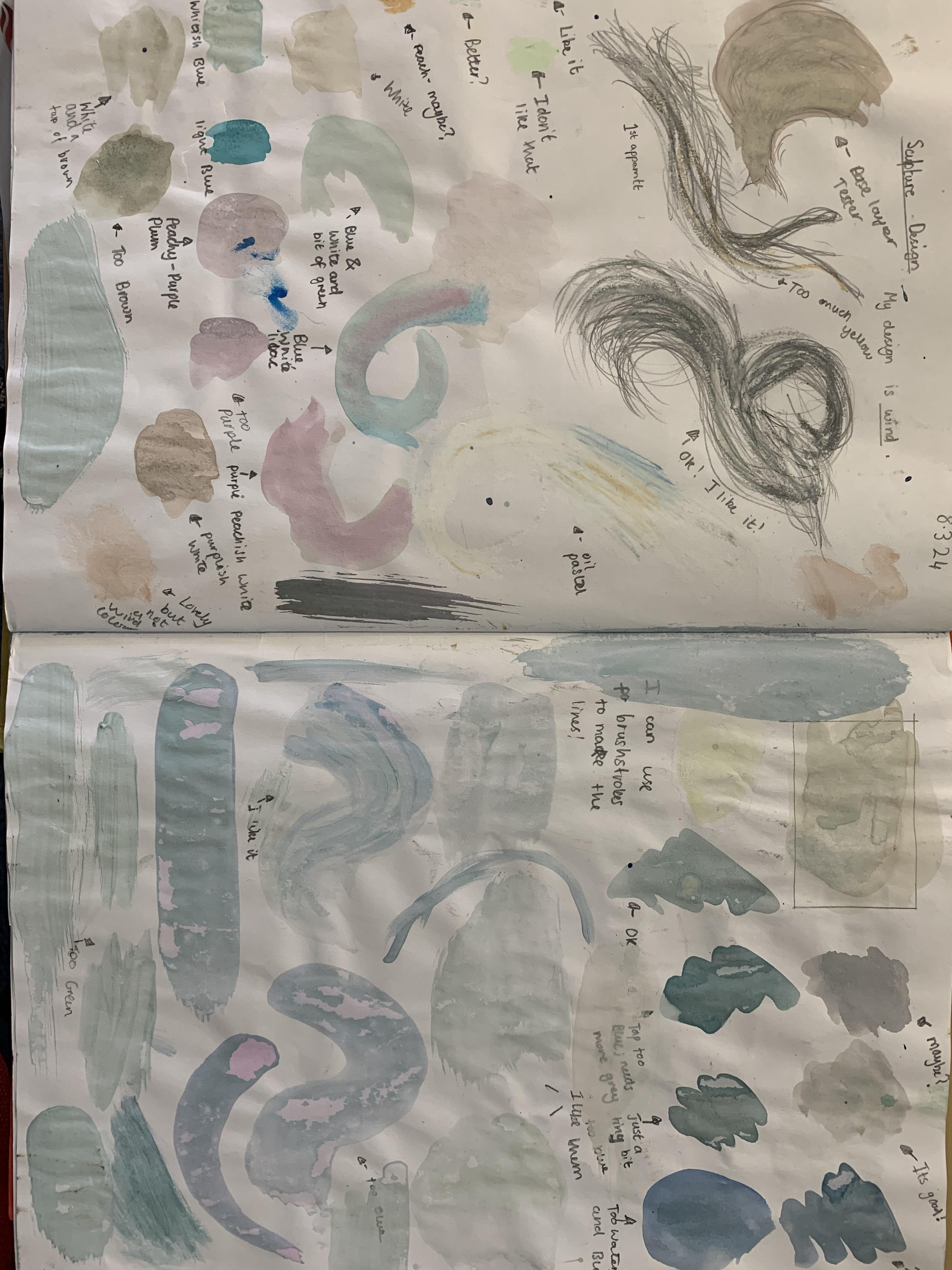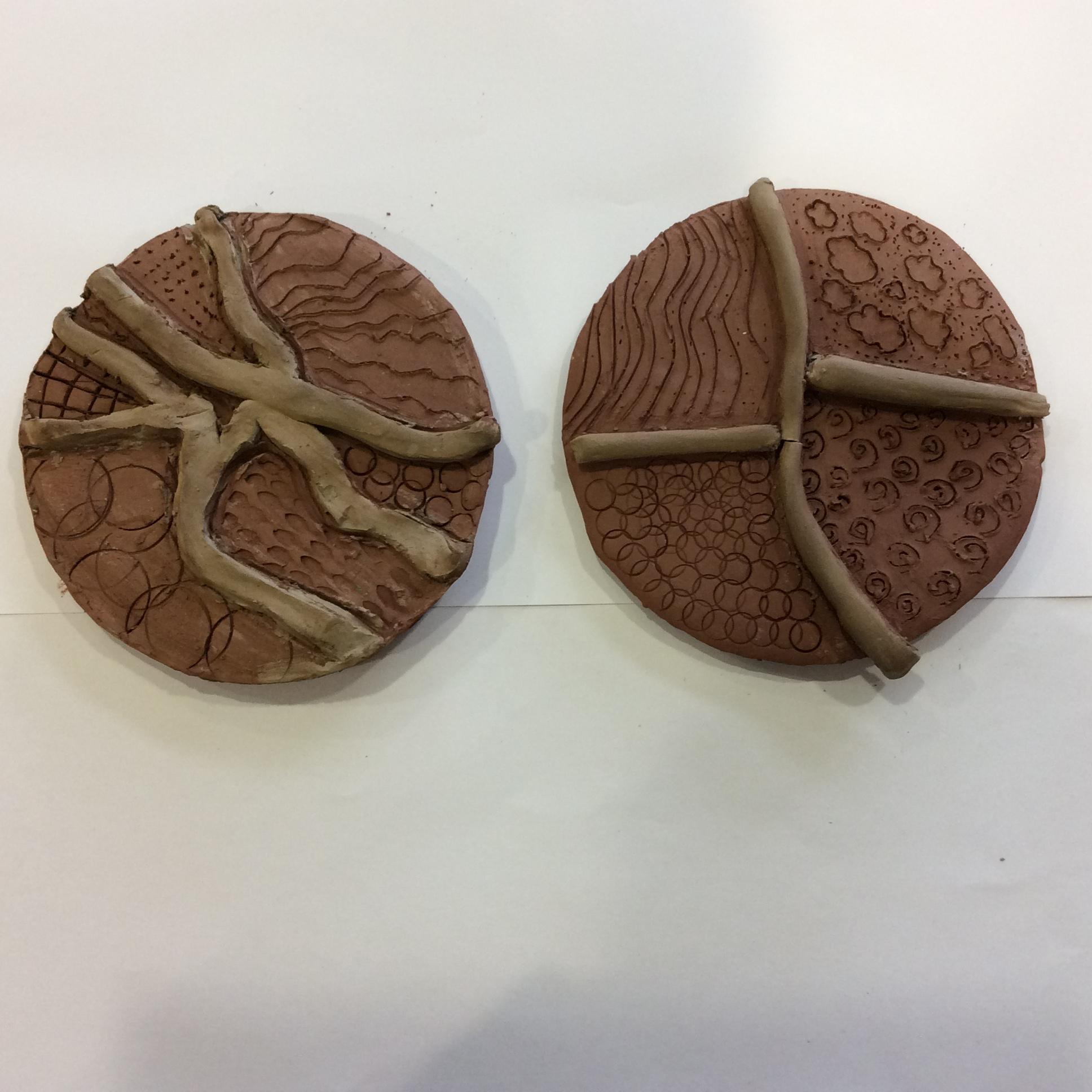Art and Design
Art and Design
The Art and Design curriculum at Gilthill Primary School is closely aligned with the school's vision of "Inspiring today's children to embrace tomorrow's challenges". Through a carefully designed and implemented art curriculum, we aim to nurture creativity, build confidence, and develop pupils' ability to express themselves in unique and meaningful ways.
The art and design curriculum is an integral part of our whole-school approach to providing a rich, engaging, and ambitious learning experience for all pupils. It supports the school's improvement priorities, particularly in developing pupils' oracy skills and strengthening the overall curriculum design.
At Gilthill Primary, we believe that art and design education is essential for inspiring and challenging our pupils. Our curriculum is designed to encourage, inspire, and challenge children through a wide range of artistic experiences, media, and techniques. We aim to build pupils' confidence, creativity, and ability to articulate their ideas and opinions using subject-specific vocabulary.
Underpinned by the National Curriculum, our art and design curriculum provides pupils with opportunities to explore, experiment, and take risks in a supportive environment. Pupils are encouraged to use sketchbooks to document their ideas, reflect on their learning, and develop their skills over time. By studying the work of a diverse range of artists, crafters, and designers, both historical and contemporary, our pupils gain a deeper understanding and appreciation of the visual arts.
The art and design curriculum at Gilthill follows a mastery approach, with a clear progression of skills and knowledge that is built upon and deepened as pupils move through the school. Our "learning threads" highlight the key concepts, techniques, and knowledge that are revisited and expanded upon across year groups and key stages.
For example, the "Drawing" learning thread starts in the early years, where pupils are introduced to the fundamental skills of mark-making, line, and shape. These skills are then built upon in Key Stage 1, where pupils learn to use a range of drawing media, experiment with tone, and develop their observational drawing abilities. In Key Stage 2, the drawing curriculum becomes increasingly sophisticated, with pupils exploring perspective, proportion, and the expressive use of line and tone.
Similarly, the "Painting" learning thread follows a clear progression, starting with the exploration of primary and secondary colours in the early years, and progressing to more advanced techniques such as colour mixing, wet-on-wet, and the use of different brushstrokes in Key Stage 2.
This carefully sequenced approach ensures that pupils' knowledge and skills develop in a coherent and meaningful way, allowing them to make connections between different artistic disciplines and apply their learning in increasingly complex and creative ways.
The mastery approach adopted in our art and design curriculum, with its clear learning threads and progression of skills and knowledge, will provide teachers with the guidance they need to deliver the subject content in a logical order. This, in turn, will enable pupils to build upon their prior learning and develop a deeper, more connected understanding of the visual arts.









